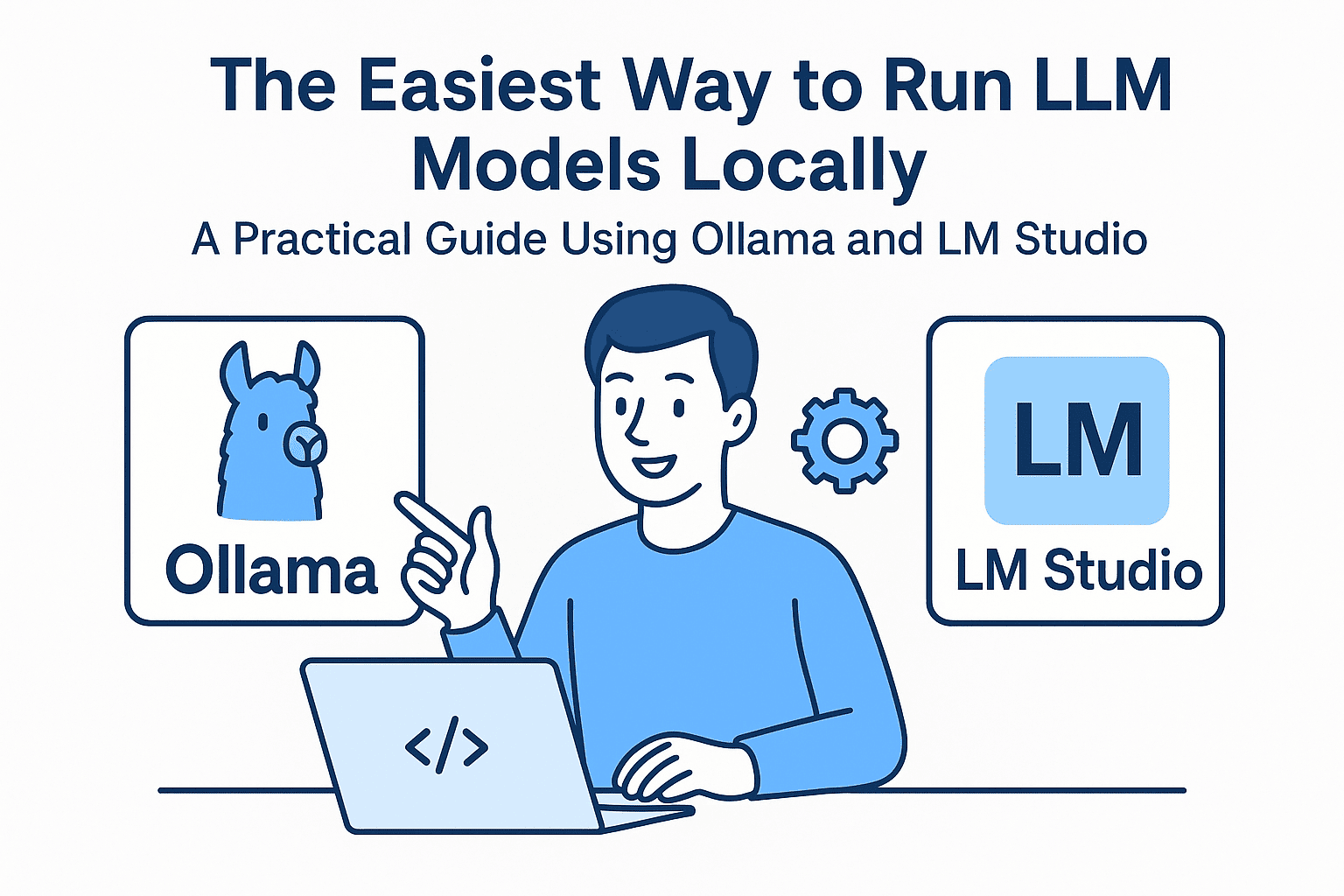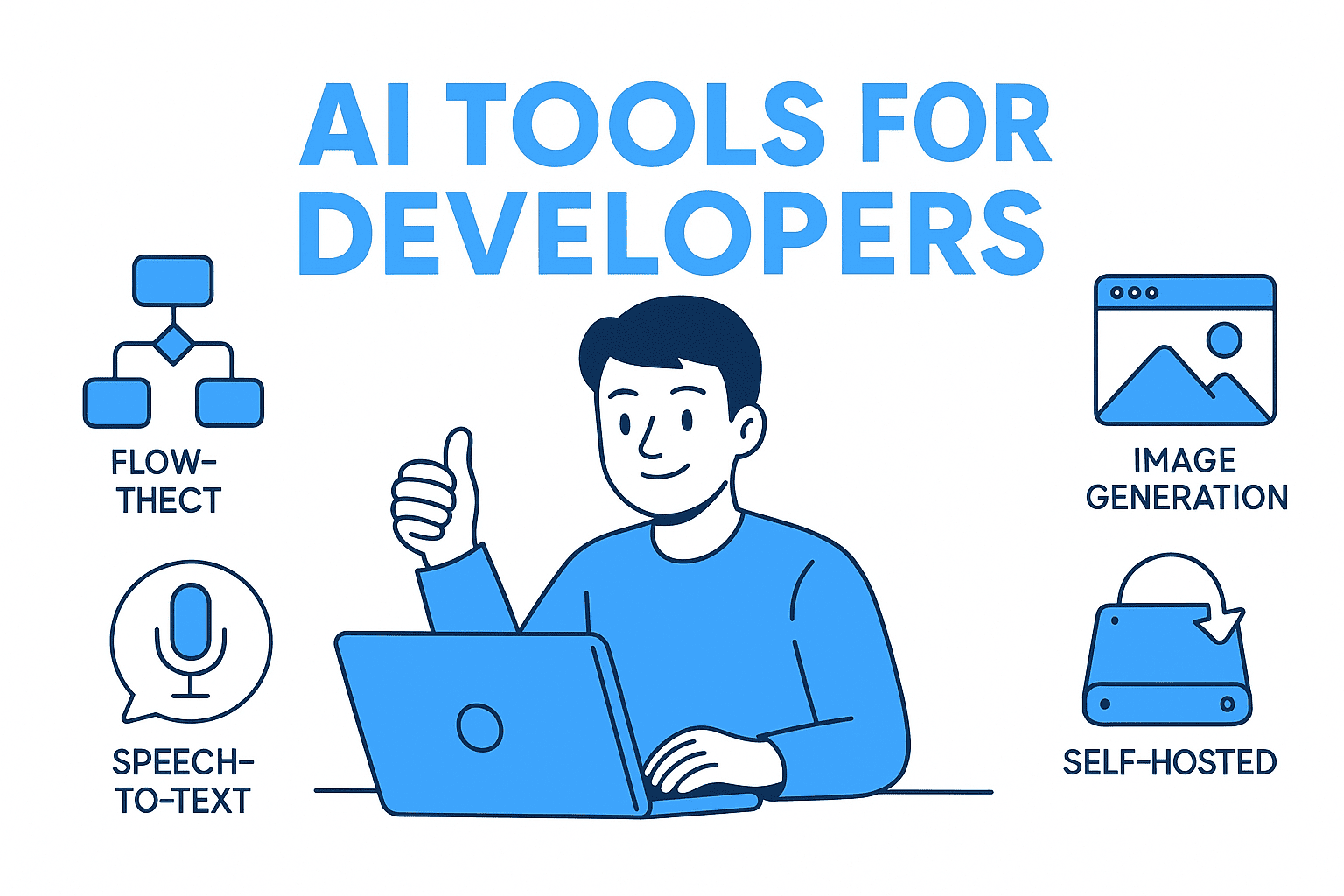Creating a full website from a single AI prompt?
It’s not only possible, it’s smart.
Tools like lovable.dev help developers build complete websites in minutes. And when combined with Supabase, you get both frontend and backend. Auth. Database. Realtime updates.
But for this to work well, your prompt and context must be crystal clear.
What You Need
To generate a Supabase-connected website, you'll need:
- A solid context (what the app is, who it's for, how it works)
- A clear prompt (what you want Lovable to generate)
Step 1: Writing the Context
The context sets the stage. It tells the AI:
- What the website does
- Who it’s for
- Key user flows
- Data models
- Frontend goals
Example Context
You’re building a student-focused app called BookNest.
It lets users share and borrow books.Features:
- Sign up / Login
- List owned books
- Browse books from others
- Request to borrow
Backend: Supabase
- Auth
bookstable:title,author,condition,owner_id,is_availableborrow_requeststable:book_id,requester_id,statusFrontend: React + TailwindCSS
Design should be clean, responsive, and mobile-friendly.
Step 2: Writing the Prompt
Once the context is ready, write the action: the prompt. Be specific. Structure matters.
Example Prompt
Generate a complete React app using TailwindCSS and Supabase.
Pages to include:
- Landing Page (intro + login/register links)
- Sign Up / Login (with Supabase Auth)
- Add Book (form to submit book data)
- My Books (list user-owned books from Supabase)
- Browse Books (search + filter all books)
- Borrow Requests (view requests for user’s books)
Supabase Tables:
books:id,title,author,condition,owner_id,is_availableborrow_requests:id,book_id,requester_id,statusAssume Supabase is set up and client is initialized.
Use TailwindCSS for layout. Keep design clean and responsive.
Real Example: BookNest Web App
You want to generate this:
- Full layout with React
- User authentication via Supabase
- Supabase queries: fetch, insert, update
- Tailwind-styled components
- Responsive navigation
- Functional forms for adding books and submitting borrow requests
All generated from one AI prompt.
Here’s the full setup to try inside Lovable:
Full Context
BookNest is a web app for university students to share and borrow books.
Users can:
- Sign up
- List books they want to lend
- Browse available books
- Request to borrow
Supabase is used for:
- Authentication
bookstableborrow_requeststableFrontend stack: React + TailwindCSS
The layout should be mobile-friendly and clean.
Full Prompt
Build a complete React web app using TailwindCSS and Supabase.
Pages:
- Landing Page (intro and login/signup links)
- Sign Up / Login (Supabase Auth)
- Add Book (form with title, author, condition)
- My Books (list books by current user)
- Browse Books (grid layout + filter/search)
- Borrow Requests (list requests for the user’s books)
Tables:
books:id,title,author,condition,owner_id,is_availableborrow_requests:id,book_id,requester_id,statusAssume Supabase client is initialized.
Use TailwindCSS. Focus on a clean UI and responsive layout.
Output You Can Expect
Lovable will generate:
- Page layouts
- Supabase-connected forms
- Auth + routing
- Tailwind design
- Code you can copy, edit, or deploy
You may need to tweak a few things. But the core? It’s all done.
Watch a Video Show you the project
what you see here is generated by lovable, not perfect and need more prompts to make it production ready, but it is a good start, when you can connect it to supabase and make the source code your when you connect your github
Wrap-Up
AI tools like Lovable work best with detailed input.
Think of your context as the blueprint.
Your prompt is the construction order.
Lovable is the builder.
Now try it. Copy the examples. Paste them in. Tweak them for your use case.
And see how fast you can go from idea to working app.
Claude isn’t just a chat tool. It’s a flexible, programmable development partner.
Set it up right, and it’ll handle the busywork so you can focus on real engineering.
🚀 Let’s build something amazing! If you have a project in mind or need help with your next design system, feel free to reach out.
📧 Email: safi.abdulkader@gmail.com | 💻 LinkedIn: @abdulkader-safi | 📱 Instagram: @abdulkader.safi | 🏢 DSRPT
Drop me a line, I’m always happy to collaborate! 🚀



